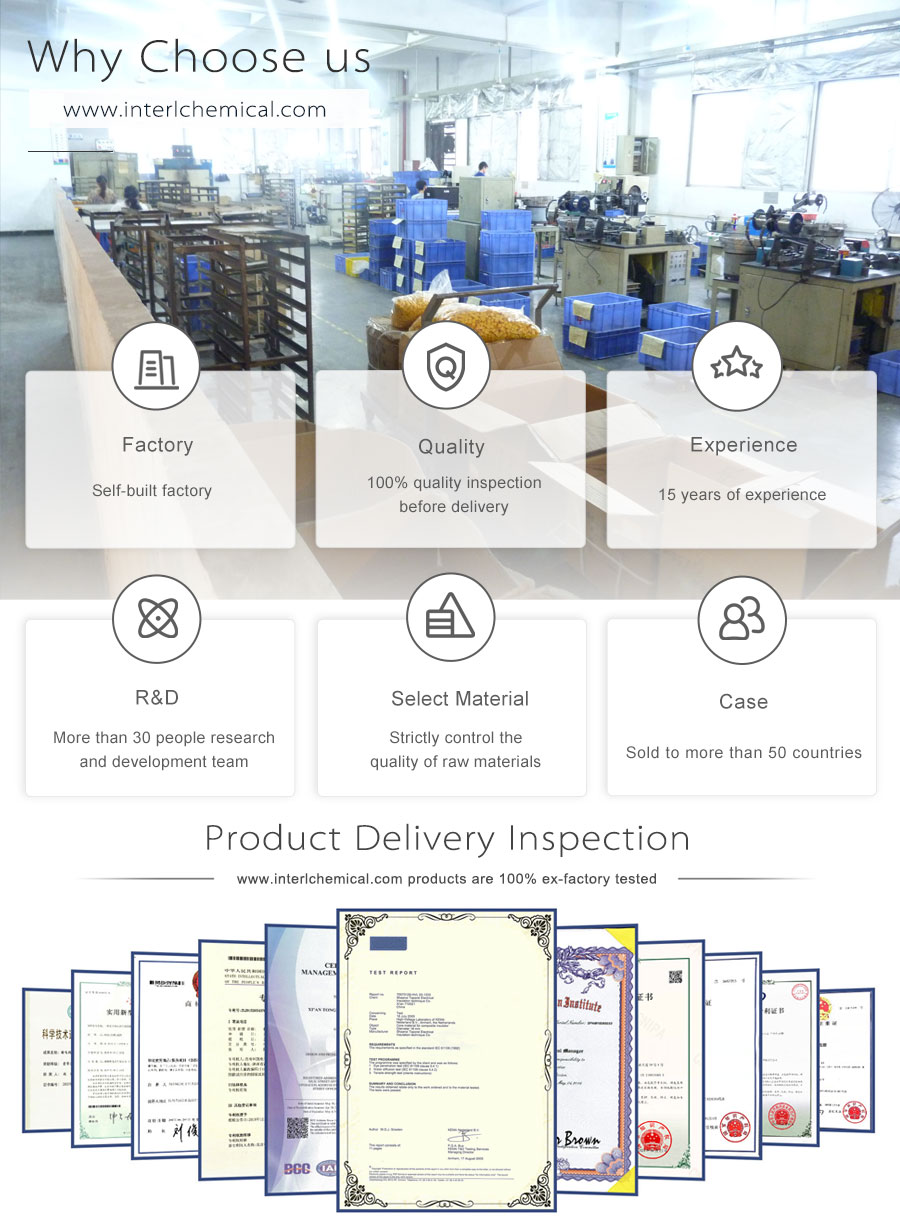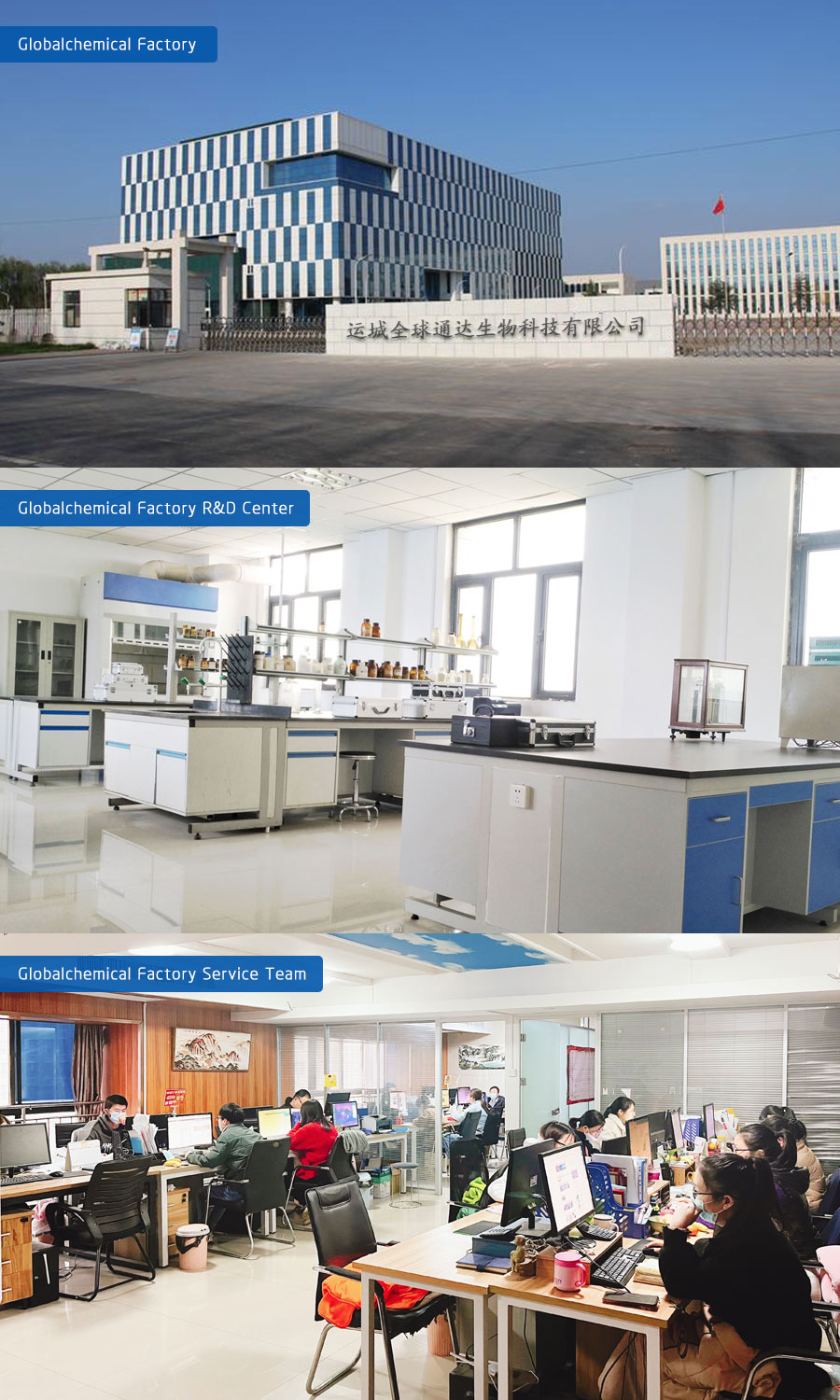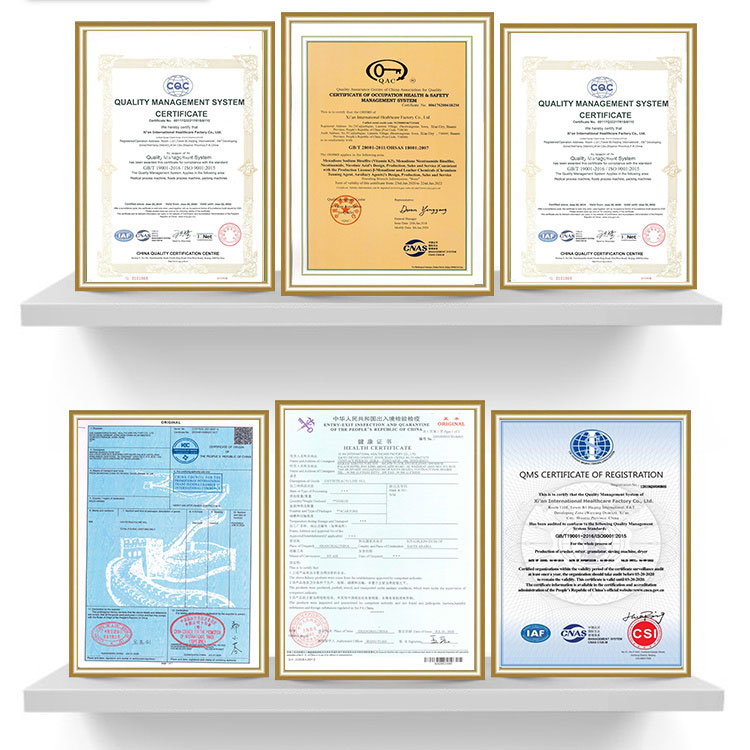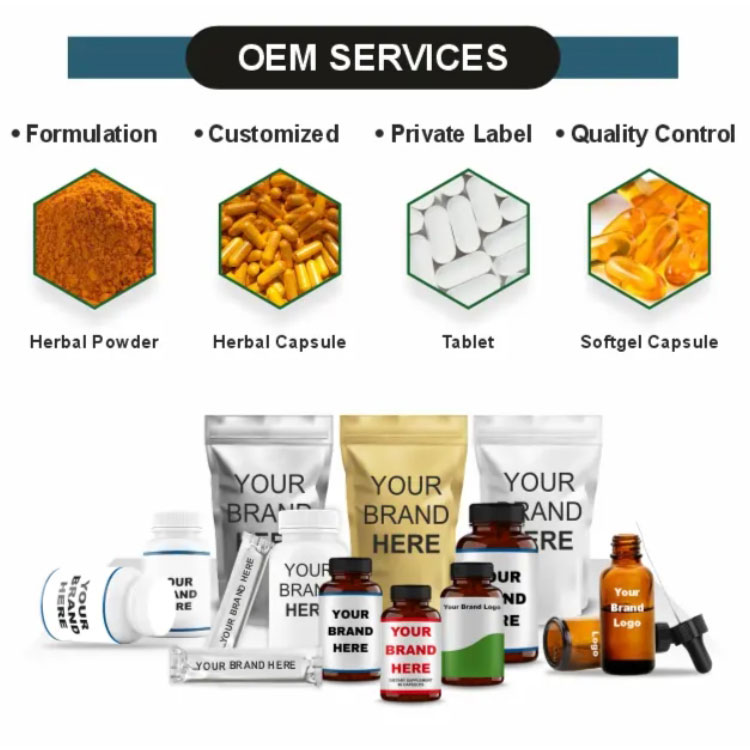Phone: 86-29-89601602
Mail: sales27@interlgroup.com
Add: Room 305 , 3/F , Haipai Decoration Office Building , Yudu Avenue , Yuncheng , Shanxi
Industrial Grade Triphenyl phosphate TPP CAS 115-86-6
Product Overview:
Triphenyl phosphate powder, abbreviated as TPP, chemical formula PO(OC6H5)3, molecular weight 326.28, colourless or white needle-like crystals, or crystalline powder, odourless. Odourless.Triphenyl phosphate CAS 115-86-6 Insoluble in water, soluble in benzene, chloroform, ethyl ether, acetone, easily soluble in ethanol.Triphenyl phosphate Raw Materials Low volatility, flame retardant; poor plasticising ability, poor resistance to light and pollution.
Industrial Grade Triphenyl phosphate TPP CAS 115-86-6 Attributes
MF:C18H15O4P
MW:326.28
EINECS:204-112-2
Specification:99% min Triphenyl phosphate liquid
Sample:Triphenyl phosphate liquid
Appearance: liquid
Storage: Cool Dry Place
Brand: Ausreson
Shelf Life: 2 Years
Test Method: HPLC
Industrial Grade Triphenyl phosphate TPP CAS 115-86-6 Details
| Product Name | Industrial Grade 99% C18H15O4P (TPP) Isopropylate Triphenyl Phosphate |
| Appearance | transparent liquid |
| CAS | 115-86-6 |
| Molecular Formula | C18H15O4P |
| Molecular Weight | 116.17 |
| Keywords | Triphenyl Phosphate;Triphenyl Phosphate (TPP);Isopropylate Triphenyl Phosphate |
| Storage | Keep in a cool, dry, dark location in a tightly sealed container or cylinder. |
| Shelf Life | 2 Years |
| >Click here to get more information |
Uses and synthesis of Triphenyl phosphate powder
Triphenyl phosphate powder, abbreviated as TPP, chemical formula PO(OC6H5)3, molecular weight 326.28, colourless or white needle-like crystals, or crystalline powder, odourless. Odourless.Triphenyl phosphate CAS 115-86-6 Insoluble in water, soluble in benzene, chloroform, ethyl ether, acetone, easily soluble in ethanol.Triphenyl phosphate Raw Materials Low volatility, flame retardant; poor plasticising ability, poor resistance to light and pollution.

Functions of Triphenyl phosphate powder
- Triphenyl phosphate powder is used to increase the plasticity and fluidity of plastics during processing and moulding.
- Gas chromatography stationary liquid (maximum use temperature 175 ℃, the solvent is ether), the selectivity is similar to polyethylene glycol, can selectively retain alcohol compounds.
Triphenyl phosphate CAS 115-86-6 Uses Mainly used in cellulose resins, vinyl resins, natural rubber and synthetic rubber flame retardant plasticizers, Triphenyl phosphate Raw Materials can also be used in glycerol triacetate thin esters and soft sheets, rigid polyurethane foam, phenolic resins, as well as PPO and so on. It can also be used as flame retardant and plasticiser for engineering plastics such as PPO, rigid polyurethane foam, phenolic resin, etc.
Applications of Triphenyl phosphate powder
1. Flame retardant
As a halogen-free and environmentally friendly flame retardant, it is used in ABS film, organic glass, rigid polyurethane foam and other materials, and achieves flame retardant effect by generating metaphosphoric acid through high-temperature decomposition
It has both plasticizing and flame retardant functions in phenolic resin laminates
2. Plasticizer
Improve the plasticity and fluidity of plastics (such as PVC, nitrocellulose, cellulose acetate) during processing
It is used to replace camphor in celluloid manufacturing to improve the flexibility of materials
3. Gas chromatography analysis
As a stationary liquid (maximum operating temperature 175°C), selectively retains alcohol compounds, and the solvent is ether
4. Other industrial uses
Softener for synthetic rubber and synthetic raw material for trimethyl phosphate
As a nail polish plasticizer in cosmetics (EU limited concentration 5%)
Physicochemical Property of Triphenyl phosphate powder
White, odourless crystalline powder, slightly deliquescent. Easily soluble in benzene, chloroform, ether, acetone and other organic solvents, soluble in ethanol, insoluble in water.
How to synthesize triphenyl phosphate?
1. Phosphorus oxychloride method (mainstream process)
Reaction principle:
Phenol and phosphorus oxychloride (POCl₃) react with nucleophilic substitution under alkaline conditions to generate triphenyl phosphate in steps
Chemical formula
POCl₃ + 3C₆H₅OH → OP(OC₆H₅)₃ + 3HCl
Process variants:
Aqueous phase reaction method: Phenol and POCl₃ react in aqueous sodium hydroxide solution, and the pH and temperature (50-80℃) need to be controlled
Gas-liquid phase transfer method: Gaseous POCl₃ is passed into a mixed solution containing phenol/NaOH, with high yield and environmental protection
Microwave-assisted method: Shorten reaction time and improve efficiency
2. Phosphorus pentachloride method
Steps:
Phenol reacts with PCl₅ to generate the intermediate phenyl phosphate, which is then ester-exchanged with excess phenol
Chemical formula
PCl₅ + 2C₆H₅OH → OP(OC₆H₅)Cl₂ + 2HCl
OP(OC₆H₅)Cl₂ + 2C₆H₅OH → OP(OC₆H₅)₃ + 2HCl
Features: Strict dehydration is required to avoid the formation of by-products
3. Direct esterification method (high yield route) Conditions:
Phenol reacts directly with phosphorus pentoxide (P₂O₅), the yield can reach 94%, but high temperature and high pressure are required
Product method of Triphenyl phosphate powder
Triphenyl phosphate powder can be obtained by reacting phenol with phosphorus pentoxide or phosphorus pentachloride.










